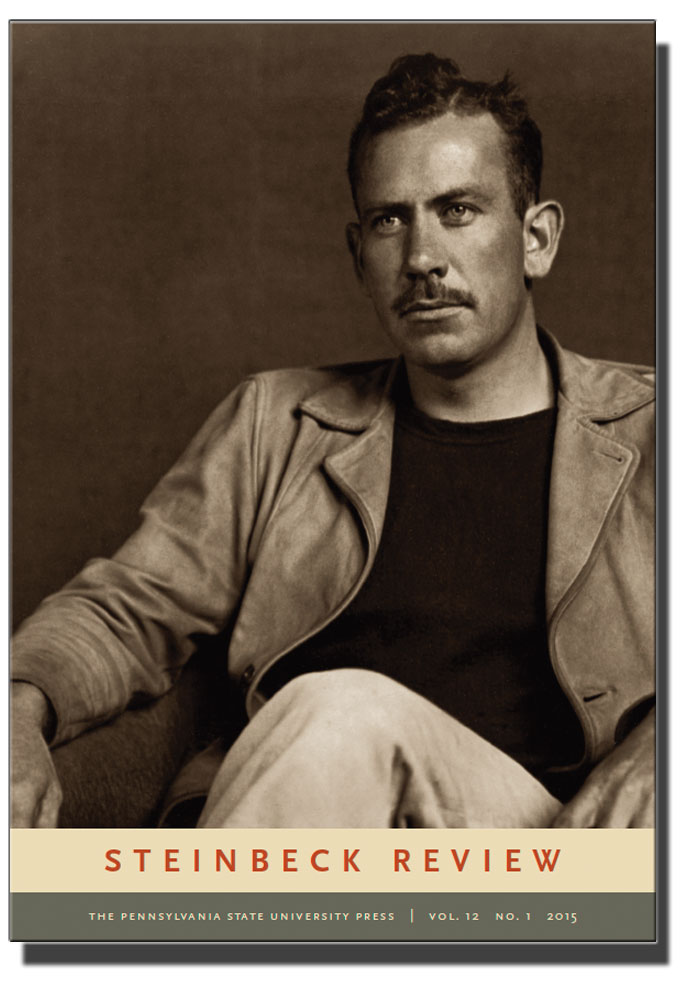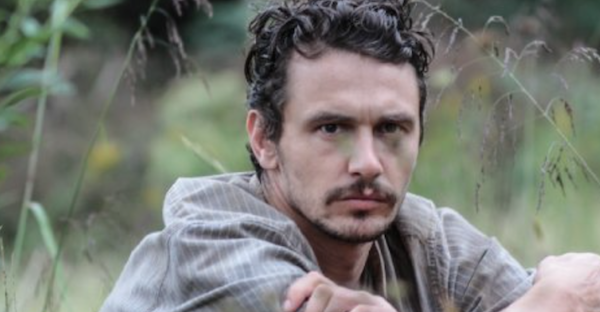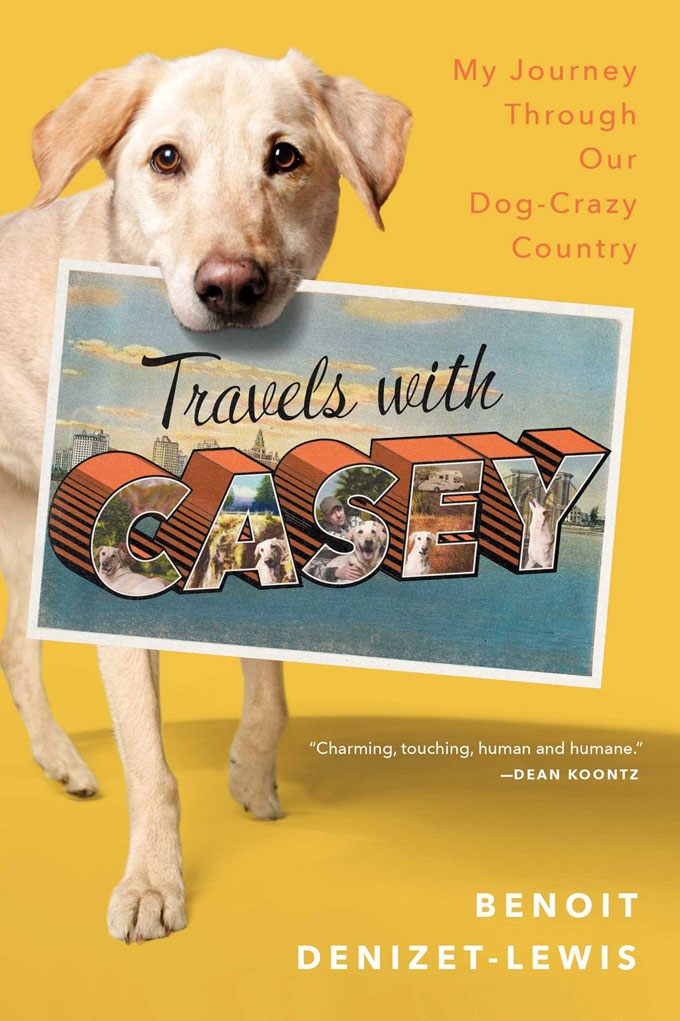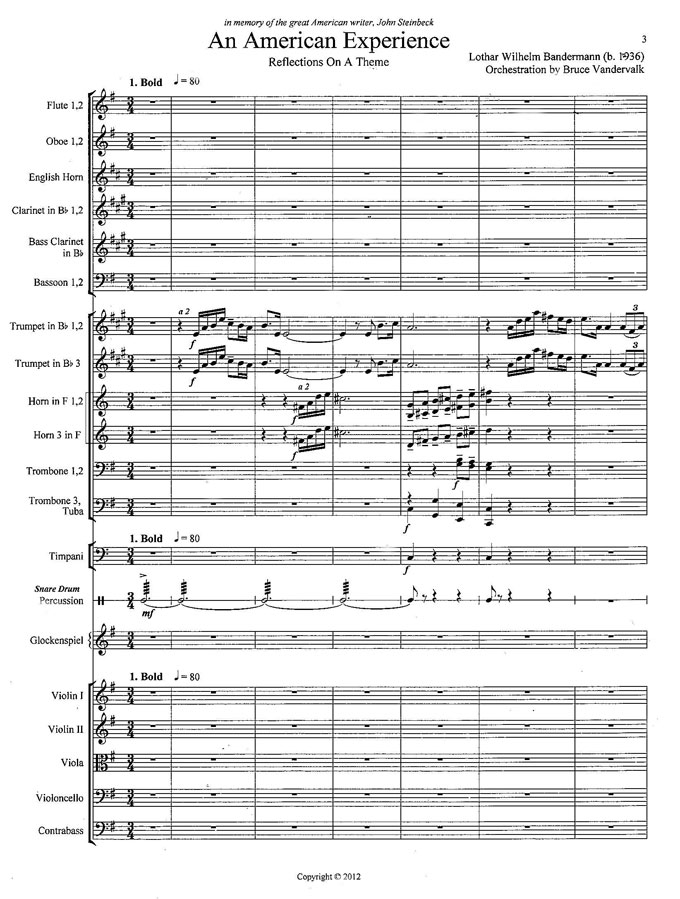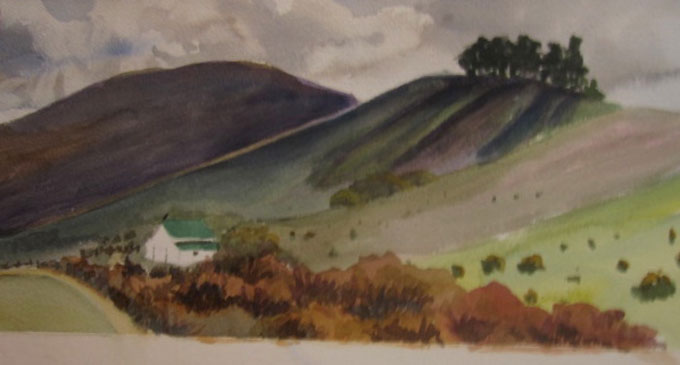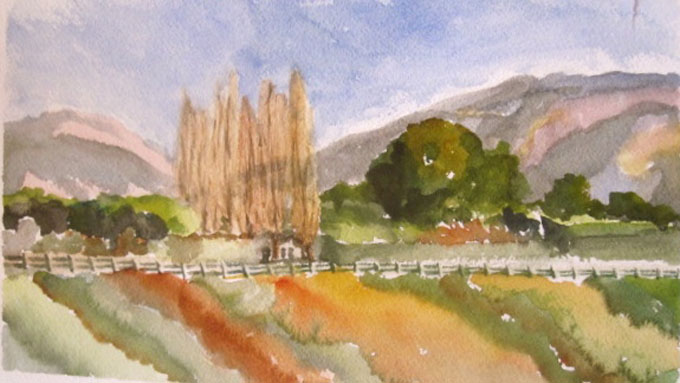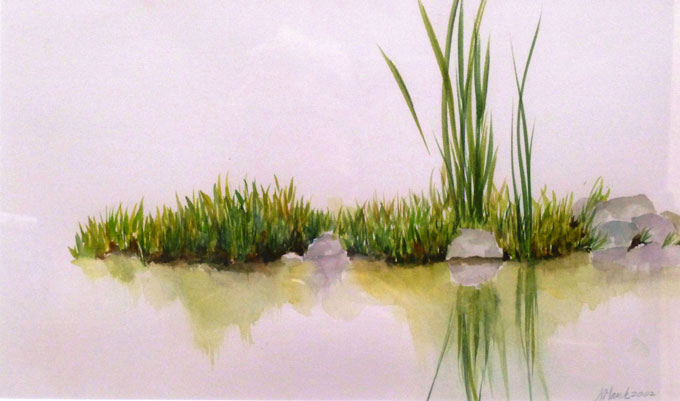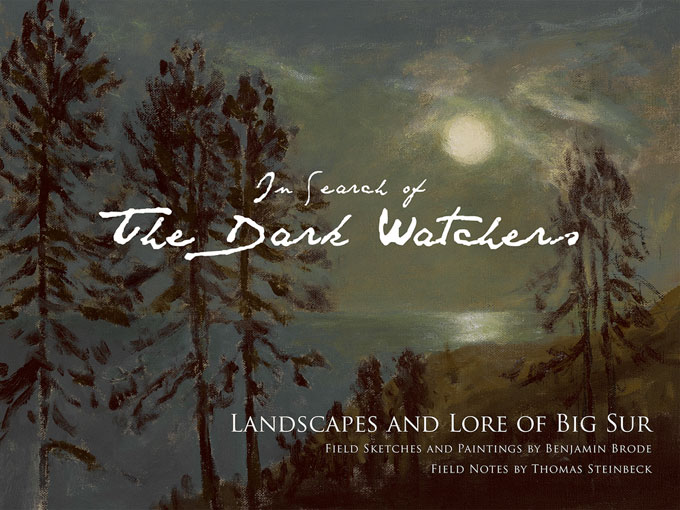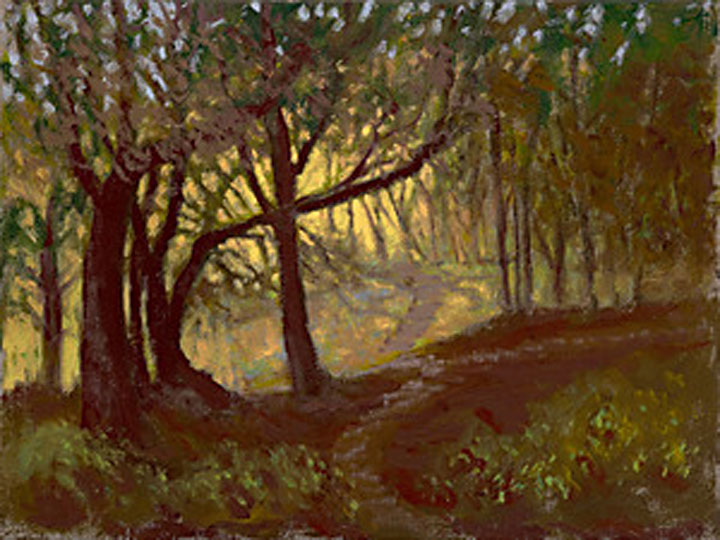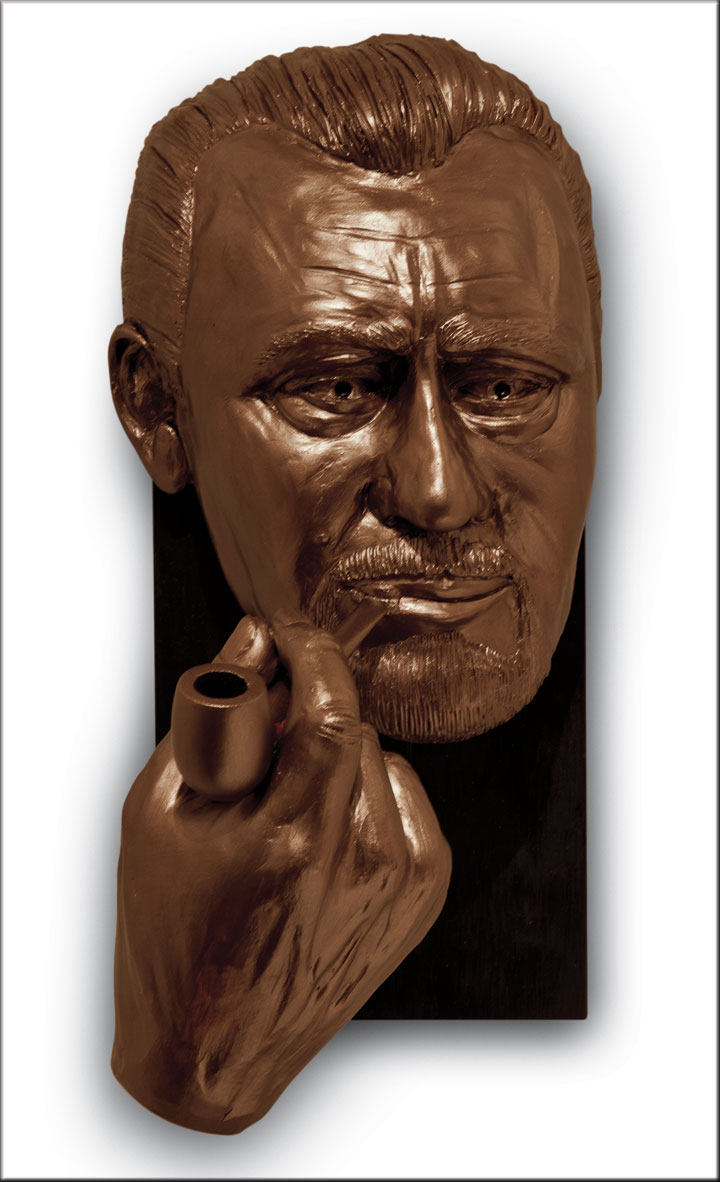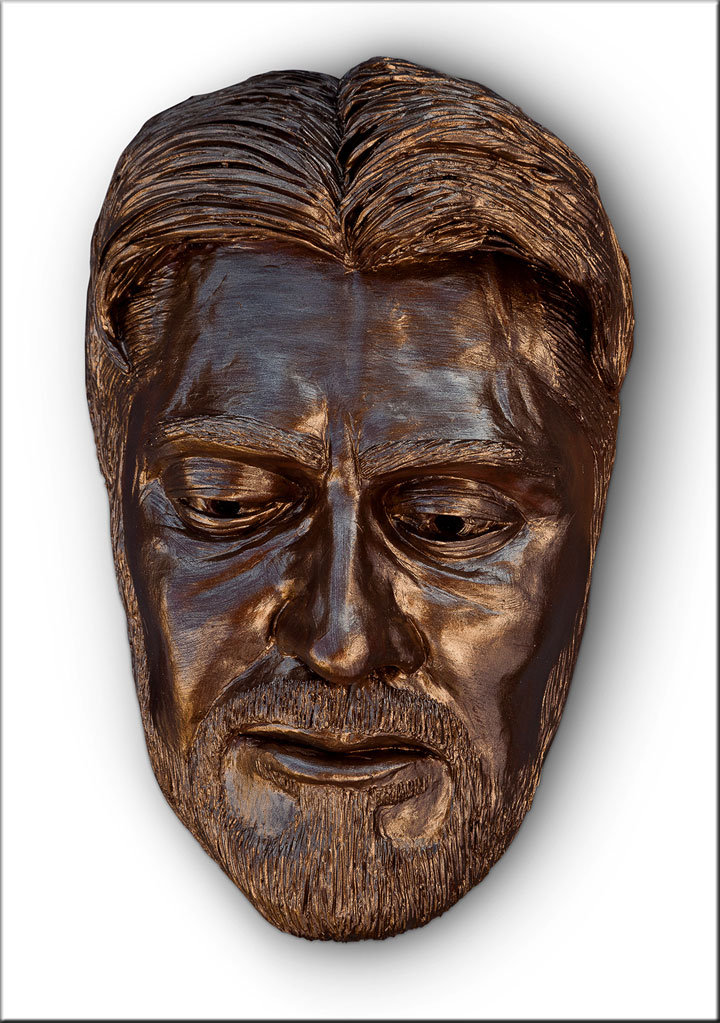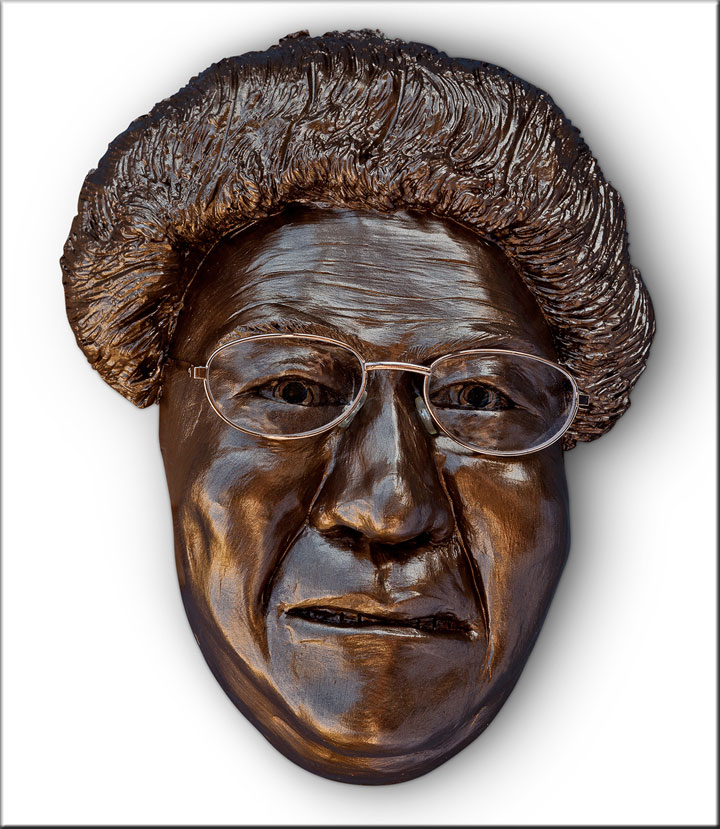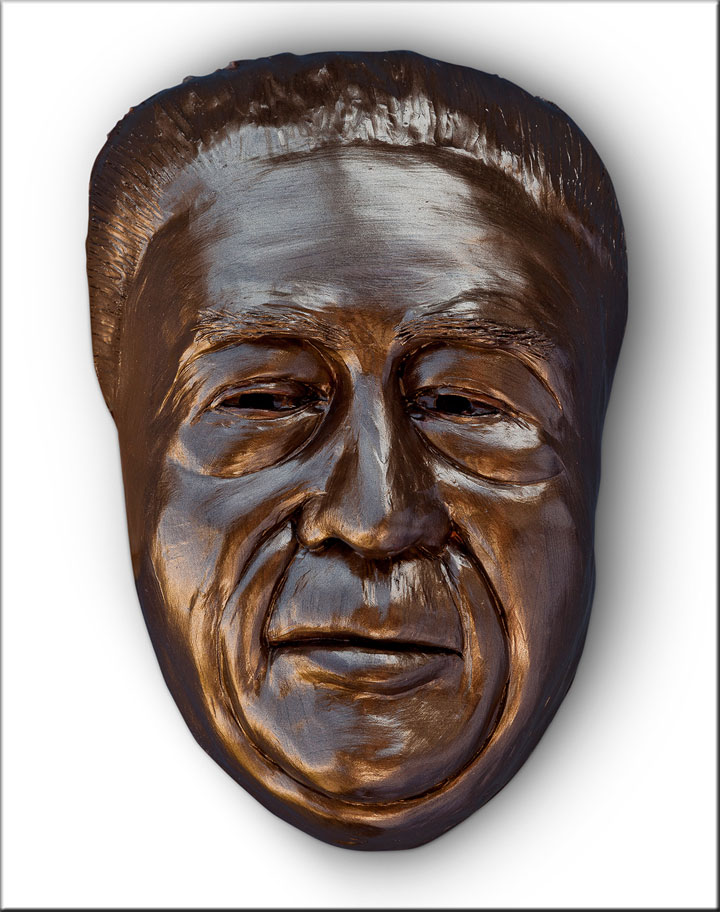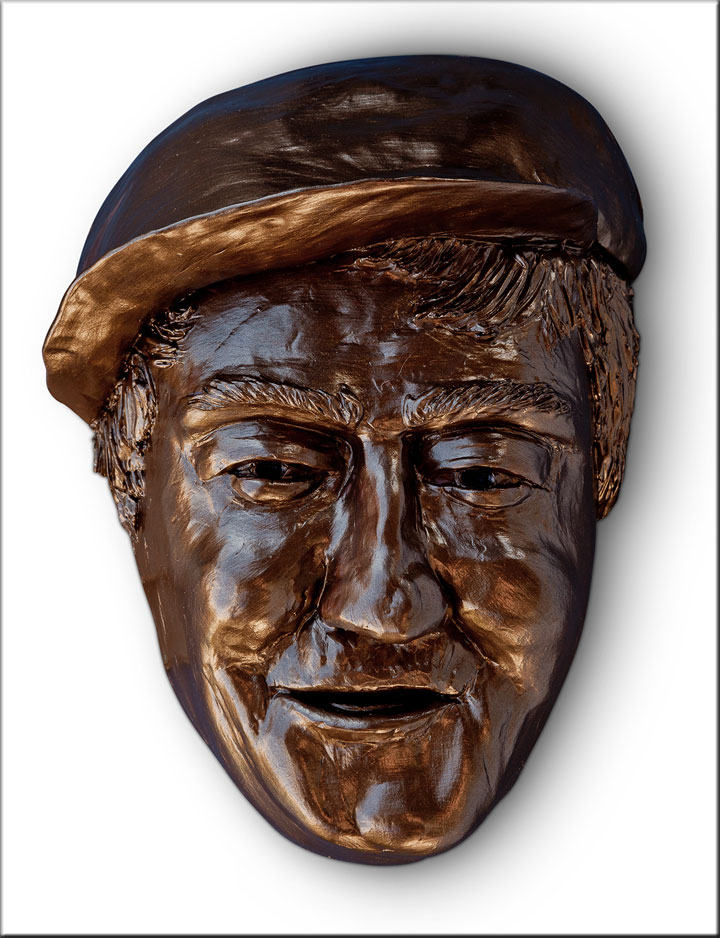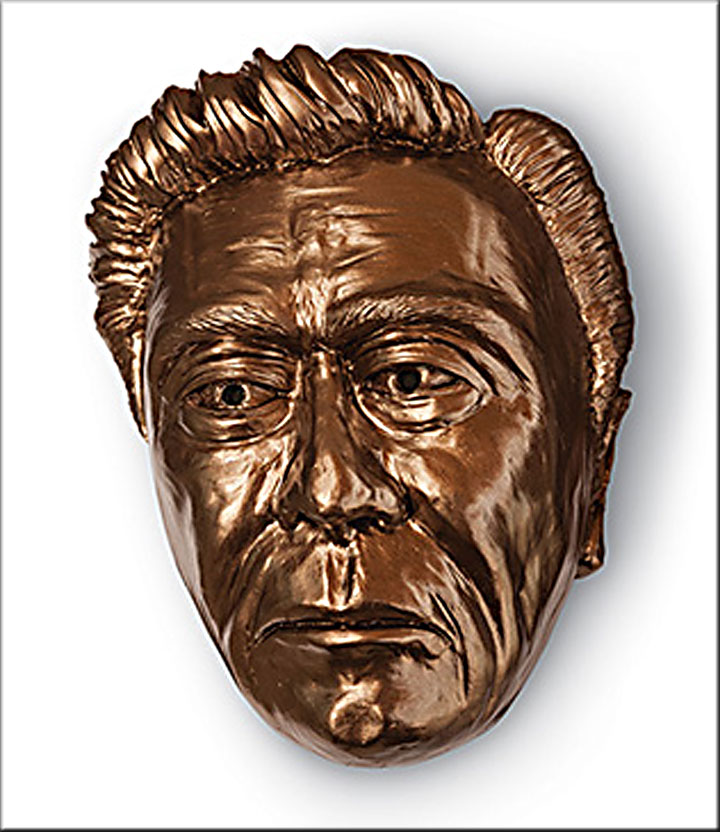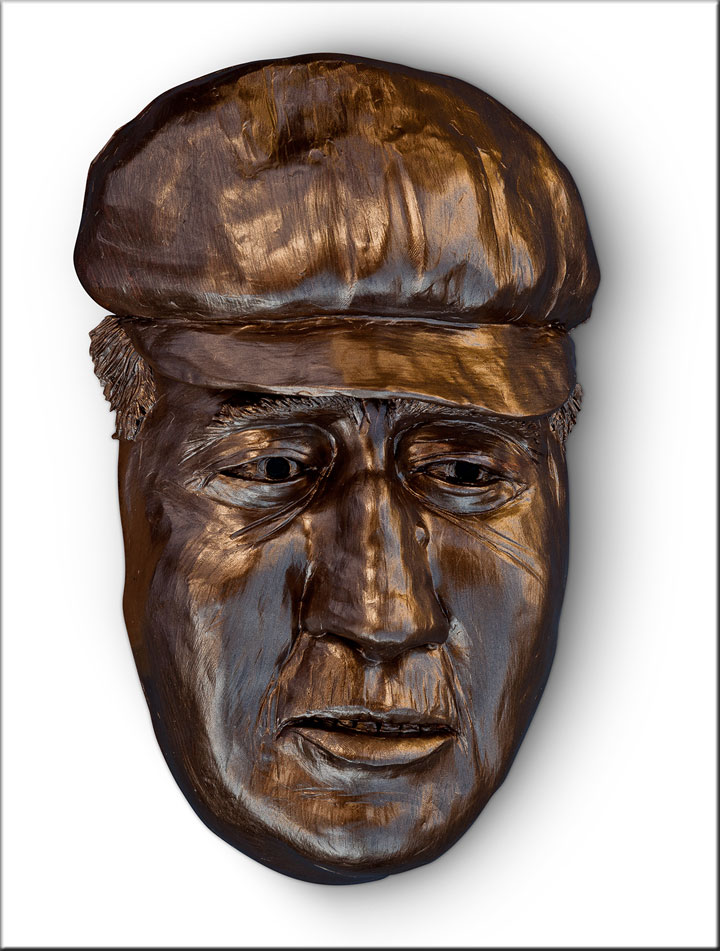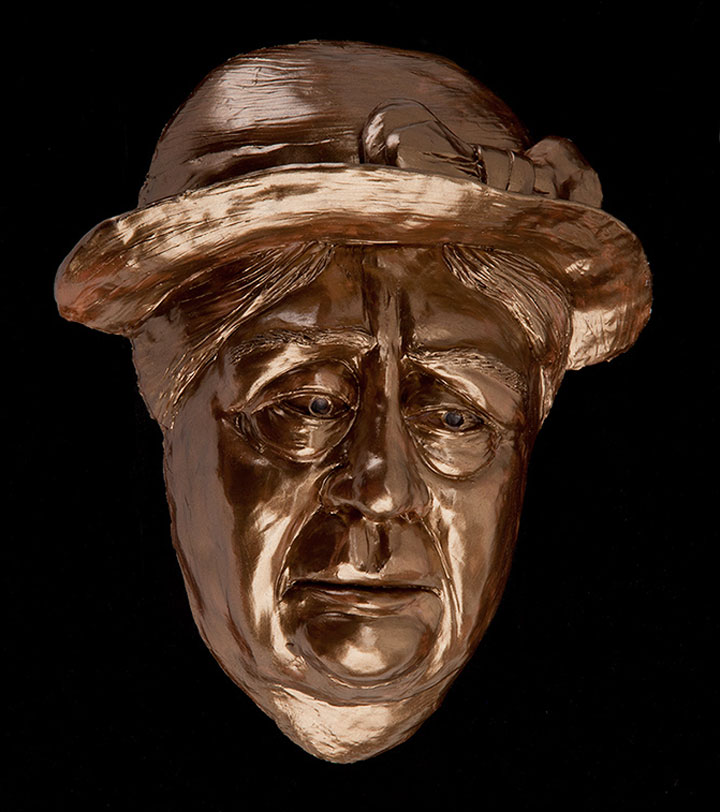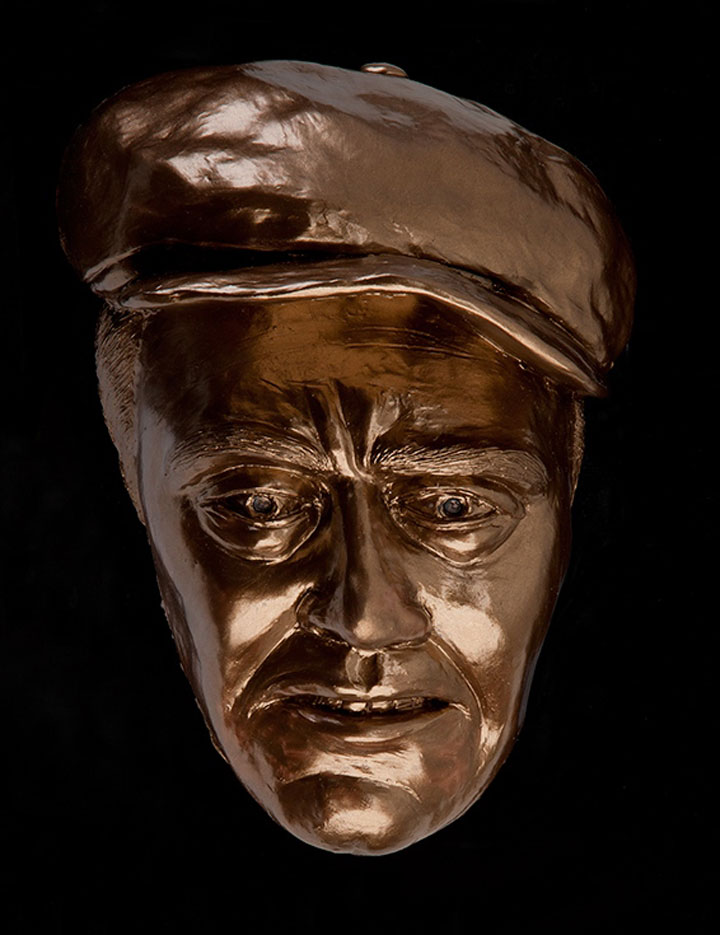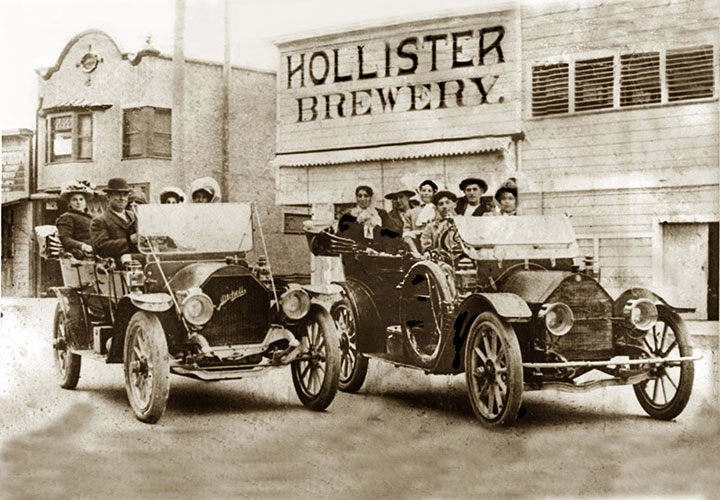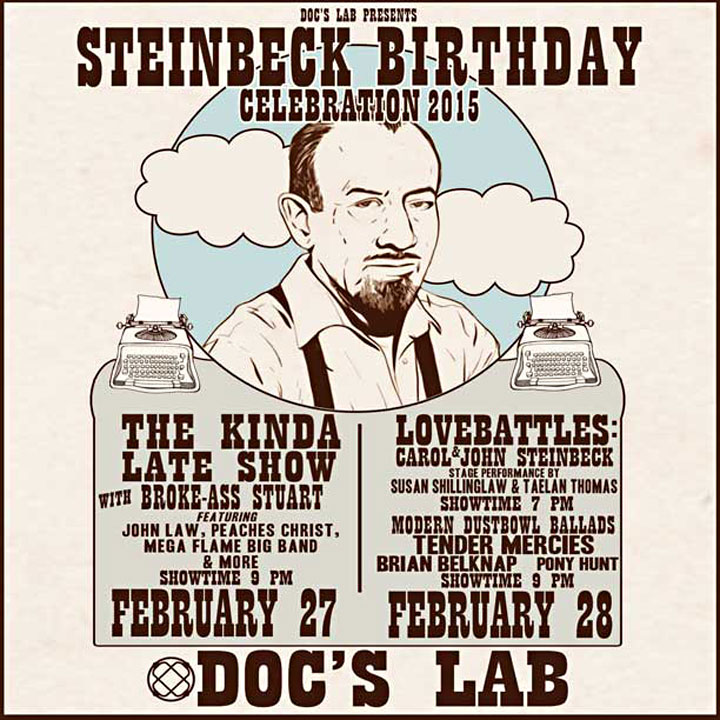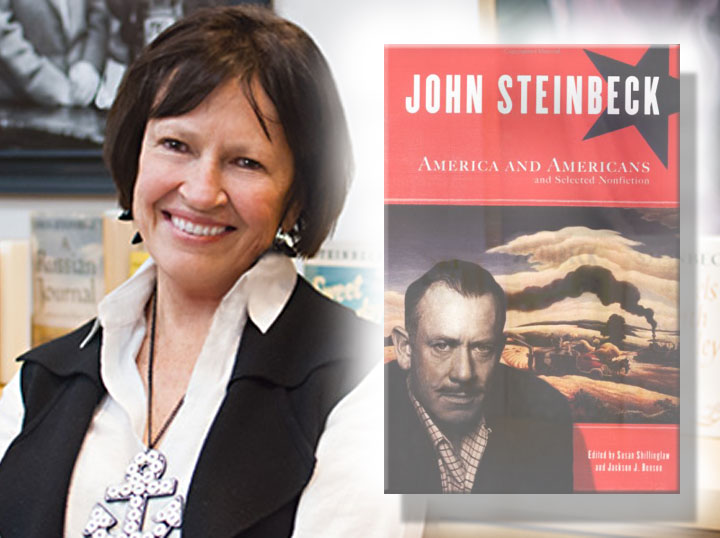John Steinbeck’s brand remains a resilient commodity with commercial uses that continue to surprise. Steve Hauk alerts Steinbeck lovers to J. Crew’s online profile of Carla Sersale, a clothing designer whose family owns a summer resort on the Amalfi Coast, a magical place visited by John Steinbeck in 1953. Along with the view, the hotel’s rooms feature specially bound copies of John Steinbeck’s piece on Positano, Italy, written for Harper’s Bazaar magazine—a reminder that Steinbeck knew how to travel well and commercialize, too.
Love John Steinbeck and Care about International Affairs? Subscribe Today to Steinbeck Review
John Steinbeck ideas and events are international affairs. Need proof? The current issue of Steinbeck Review, a scholarly journal published in the spring and fall for San Jose State University by Penn State Press, demonstrates Steinbeck’s global relevance in an array of articles, book reviews, and announcements of interest to Steinbeck lovers everywhere. Four academic experts—Susan Shillinglaw, Melinda Pham, TK Martin, and Pete Barraza—discuss the topic “Teaching and Living Steinbeck’s Stories” based on decades of classroom experience. Mimi Gladstein, a professor in Texas, focuses on “Immigration Issues: Steinbeck’s Continued Relevance.” Other contributors connect Steinbeck’s writing to issues of ecology, economy, and technology, international affairs of equal importance today. A helpful list of books and papers about John Steinbeck published in 2012-13 further confirms Steinbeck’s continuing appeal, despite declining readership for other authors of his generation. So does a pair of book reviews—one about discovering post-Steinbeck America on the road (with your dog), another about the ongoing controversy over Steinbeck’s alleged involvement with the CIA. The announcement that San Jose State University will host a conference on John Steinbeck’s internationalism in May of 2016, the first such event since 2013, is particularly welcome news for readers of Steinbeck Review outside the United States. Love John Steinbeck’s fiction and follow international affairs? Do yourself a favor. Subscribe today.
James Franco Writes About Motion Picture Adaptation of Steinbeck’s In Dubious Battle
It isn’t surprising that James Franco has made a specialty of John Steinbeck. The 37-year-old actor grew up in Palo Alto, California, where Steinbeck attended college. Following high school, Franco dropped in and out of jobs and trouble—as Steinbeck did at the same age—before majoring in writing at UCLA, studying art at the Rhode Island School of Design, and pursuing a PhD in English at Yale. Like Steinbeck during the Great Depression, Franco is attracted to social causes by personal experience: exposing troubled kids to literature and advocating equal rights for gay people. A prolific writer, he recently blogged about his motion picture adaptation of Steinbeck’s Great Depression novel In Dubious Battle, scheduled for release this year. Franco’s connection to Steinbeck is strong, so the movie should be good.
New York Times Writer Emulates John Steinbeck’s Travels with Charley in a Book to Please Dog Lovers
John Steinbeck’s Travels with Charley in Search of America inspired a recent book by a dog lover named Benoit Denizet-Lewis, a 39-year-old author from San Francisco who has been writing for the New York Times Magazine since he was 26. Travels with Casey, My Journey through Our Dog-Crazy Country is a whimsical account of connecting with contemporary America—half a century after John Steinbeck hit the road with Charley—accompanied by the book’s titular canine and by Rezzy, an abandoned puppy found along the way. The story is a dog lover’s delight, long on love but short on the uneven edges that lovers of literalism continue to expose in Travels with Charley.
Writing for Dog Lovers, Not John Steinbeck Fans or Critics
Other writers have repeated the route taken by John Steinbeck in Travels with Charley, none with greater attention to fiction-versus-fact than Bill Steigerwald, whose Dogging Steinbeck: Discovering America and Exposing the Truth about ‘Travels with Charley’ caused consternation among Steinbeck fans for pointing out fibs and fudges in Steinbeck’s record of the 1961 journey he took with the handsome poodle belonging to his wife. Steinbeck set out to rediscover an America he felt he no longer understood, and bringing along Charley was an inspired afterthought. After discovering that Elaine Steinbeck also accompanied her husband much of the way—and that certain encounters reported by Steinbeck were embroidered or created from whole cloth—Steigerwald concluded that Travels with Charley was essentially a work of fiction and should be reclassified as such as in the Steinbeck canon. Academic apologists pushed back, but the dust-up didn’t seem to matter to the dog lovers in the Steinbeck crowd. Charley, who required emergency veterinary care while on the road, remains a hero to them, and Steinbeck is forgiven being a better novelist than journalist.
John Steinbeck set out to rediscover an America he felt he’d lost touch with, and bringing along Charley was an inspired afterthought.
Unlike Steigerwald, Denizet-Lewis isn’t interested in debunking myths, exposing errors, or judging merits. Motivated by behavior problems with his un-Charley-like male labrador, he decided to take a dog owner’s drive across an America that would, today, seem more alien to John Steinbeck than ever. When Denizet-Lewis began discussing plans with friends, Steinbeck’s name kept coming up in conversation and the Charley tie-in was added, like Charley himself when Steinbeck made travel plans more than 50 years ago. Less ambitious in purpose than Steinbeck’s project of moral discovery, the account of the journey Denizet-Lewis shared with Casey records the pains and pleasures of canine rather than human companionship. Steinbeck noted that no two journeys are ever alike (“a trip takes us,” not the other way around). Of our canine companions, observes Denizet-Lewis, “They own us, we don’t own them.”
Searches for America’s Soul Since Travels with Charley
Writers who have ridden the roads and rails to record the features of America’s changing identity since John Steinbeck’s odyssey with Charley include Joel Garreau (The Nine Nations of North America, 1981), William Least Heat-Moon (Blue Highways: A Journey Into America, 1982), Gregory Zeigler (Travels with Max: In Search of Steinbeck’s America Fifty Years Later, 2010), Steinbeck and Denizet-Lewis’s fellow Californian Bill Barich (Long Way Home, On the Trail of Steinbeck’s America, 2010), and On the Road with Charles Kuralt (1995). Kuralt, the amiable TV journalist with a Sunday-morning perspective on America, expressed a self-evident truth about the sub-genre: “Even the best of them never got it all into one book, because the country is too rich and full of contradictions.”
Charles Kuralt, the amiable TV journalist with a Sunday-morning perspective on America, expressed a self-evident truth about the sub-genre: ‘Even the best of them never got it all into one book, because the country is too rich and full of contradictions.’
Like Denizet-Lewis, however, Steinbeck was a bleeding-heart dog lover, and canine characters people his most popular fiction. Examples? Pirate’s faithful entourage in Tortilla Flat, the bunkhouse mutt killed for the sin of getting old in Of Mice and Men, and the Joads’ family dog, the first member to die on the journey west in The Grapes of Wrath. Travels with Charley isn’t as sad as The Grapes of Wrath (Charley survives surgery), and Travels with Casey says less about Steinbeck than Dogging Steinbeck, though Denizet-Lewis, a Steinbeck fan, acknowledges Steigerwald’s book. But Denizet-Lewis’s focus is animal rights, not arguments about authors. Since dog lovers comprise a bigger audience than Steinbeck readers, that strategy (as Steinbeck might say) seems wise.
Ryder W. Miller inspired this review and provided the list of books written “in search of America” since John Steinbeck’s Travels with Charley.
John Steinbeck Inspires “An American Experience,” Music By Lothar Bandermann
John Steinbeck continues to inspire exciting music by living composers. The latest example is Lothar Bandermann’s “An American Experience: Reflections on a Theme,” an 11-minute set of variations depicting American characteristics and dedicated to John Steinbeck. The orchestral version of the composition—premiered by California’s Silicon Valley Symphony in 2013—will be performed by the Saratoga Symphony at Union Church of Cupertino, California, on May 3. Organ and orchestral versions of “An American Experience” can be heard on the composer’s website. The work is also arranged for symphonic band.
John Steinbeck continues to inspire exciting music by living composers. The latest example is Lothar Bandermann’s ‘An American Experience: Reflections on a Theme.’
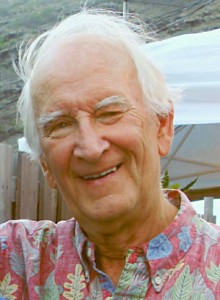 Lothar Bandermann shares traits with John Steinbeck beyond the German heritage evident in both names: working-class roots and a love of organ music. Born into a coal miner’s family near Dortmund, Germany, the Cupertino, California-based composer came to the U.S. in 1958 at the age of 24, graduating from the University of California with a major in physics and receiving a doctorate in space physics from the University of Maryland. After conducting astronomy research and teaching at the University of Hawaii—where he met and married Billie Lanier Reeves, a singer and choir director—he worked as an aerospace scientist in Palo Alto, California, before retiring in 1998 to devote his time to writing and performing sacred music.
Lothar Bandermann shares traits with John Steinbeck beyond the German heritage evident in both names: working-class roots and a love of organ music. Born into a coal miner’s family near Dortmund, Germany, the Cupertino, California-based composer came to the U.S. in 1958 at the age of 24, graduating from the University of California with a major in physics and receiving a doctorate in space physics from the University of Maryland. After conducting astronomy research and teaching at the University of Hawaii—where he met and married Billie Lanier Reeves, a singer and choir director—he worked as an aerospace scientist in Palo Alto, California, before retiring in 1998 to devote his time to writing and performing sacred music.
Bandermann shares traits with Steinbeck beyond the German heritage evident in both names: working-class roots and a love of organ music.
Like John Steinbeck, he took piano lessons as a boy, playing the organ at his Catholic church when he was 15, a lifelong practice he continues as organist for St. Joseph of Cupertino Catholic Church near his California home. Although he has composed numerous sacred works for piano, voice, and choir—including a Latin Requiem for solo, chorus, organ, and orchestra—he concentrates on writing and arranging organ music, 400 examples of which he can be heard performing on his website. The organ original of “An American Experience” will be published by Zimbel Press in 2015, and new projects are in the works. Piano, organ, orchestra, choir, symphonic band: John Steinbeck would admire the versatility of this industrious German-born scientist-musician in tune with the American experience celebrated (and criticized) by John Steinbeck, a sophisticated music lover who liked new music.
John Steinbeck would admire the versatility of this industrious German-born scientist-musician in tune with the American experience.
Union Church is located at 20900 Stevens Creek Boulevard in Cupertino, California. The May 3 concert, a Sunday event, begins at 3:00 p.m.
Fine Art by Nancy Hauk on Show in Pacific Grove, John Steinbeck’s Favorite Place
The magical landscape of John Steinbeck’s beloved Monterey, California Peninsula continues to inspire fine art with broad appeal. “Loving Watercolor, Paintings by Nancy Hauk’’—an exhibition opening on April 17 at the Pacific Grove Public Library—is an impressive example. “Near Harmony” (above) was painted just off Highway 1 on the Central California coast. John Steinbeck worked on the highway construction crew as a young man before becoming the state’s most famous writer.
John Steinbeck’s Pacific Grove
Steinbeck did much of his early writing in Pacific Grove, the quaint, colorful town south of Monterey, California, where Cannery Row starts and a slender street running past the Steinbeck family cottage bears the name of Ed Ricketts, the marine biologist and model for Jim Casy and other characters in John Steinbeck’s most memorable fiction. As it happens, Nancy Hauk’s home is the former abode of Ricketts and his first wife—also named Nancy—on Pacific Grove’s legendary Lighthouse Avenue. Holman’s Department Store, instantly recognizable to readers of John Steinbeck’s Cannery Row fiction, isn’t far. Hauk Fine Arts, the gallery owned by Nancy and her husband Steve, is also located nearby. Pacific Grove is a walking town, like Sag Harbor, the Long Island village that became Steinbeck’s Pacific Grove East when he lived in New York later in life.
The Fine Art of Nancy Hauk
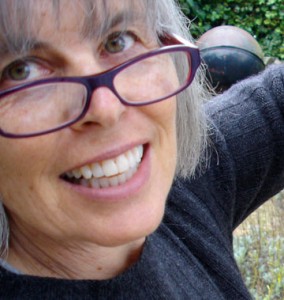 Nancy Burtch Hauk made the opposite journey, majoring in art history at Connecticut College before moving to Pacific Grove with her husband Steve and pursuing the important career of breaking down test biases for CTB–McGraw Hill, traveling the country and working with the late Ross Green, a national pioneer in the field of educational test assessment and publication. When she could find the time as a busy professional with two children, she painted scenes of Monterey, California and France, studying with Sam Colburn—who arrived on the Monterey Peninsula in the 1930s and knew and associated with many of the same artists John Steinbeck did—as well as National Academicians Gregory Kondos and Don Nice, Claire Verbiest, Gerald Brommer, Katherine Stock and Jann Pollard. Her friend Marty Clarke was her constant painting companion.
Nancy Burtch Hauk made the opposite journey, majoring in art history at Connecticut College before moving to Pacific Grove with her husband Steve and pursuing the important career of breaking down test biases for CTB–McGraw Hill, traveling the country and working with the late Ross Green, a national pioneer in the field of educational test assessment and publication. When she could find the time as a busy professional with two children, she painted scenes of Monterey, California and France, studying with Sam Colburn—who arrived on the Monterey Peninsula in the 1930s and knew and associated with many of the same artists John Steinbeck did—as well as National Academicians Gregory Kondos and Don Nice, Claire Verbiest, Gerald Brommer, Katherine Stock and Jann Pollard. Her friend Marty Clarke was her constant painting companion.
Capturing Essence, Like John Steinbeck
Most of the works in the Pacific Grove Library exhibition were painted between 2000 and 2010. They include French vignettes, scenes from Steinbeck Country, gardens of ancient adobes in Old Monterey, California, and innovative studies of Spanish missions integrating the decorative motifs that distinguish Mission San Juan Bautista and other churches built by Franciscan missionaries 200 years ago. Some of the selected paintings are incomplete, with the artist’s notes and practice brushstrokes illuminating her creative process as a fine artist. “Reflecting Reeds” (above) demonstrates her Zen-like mastery of meditative line and visual economy.
“Loving Watercolor, Paintings by Nancy Hauk” was curated by Julianne Burton-Carvajal and runs through May 30 in recently restored library gallery space located at 550 Central Avenue, a block from Lighthouse Avenue in downtown Pacific Grove. (Note to Steinbeck lovers visiting Monterey, California in April or May: don’t miss the experience of seeing Steinbeck Country through the eyes of a contemporary fine artist with a talent for capturing the essence of every scene—just as John Steinbeck did when writing about his favorite places from the comfort of his Pacific Grove cottage years ago.)
Big Sur’s “Dark Watchers” Subject of Sumptuous Book By Thomas Steinbeck and Artist Benjamin Brode
John Steinbeck’s short story “Flight” is haunted by “dark watching men” whose gaze must be avoided if encountered in the mysterious mountains of Central California’s Big Sur. The writer Thomas Steinbeck, the author’s son, has collaborated with Benjamin Brode, the Big Sur landscape artist, in a beautiful word-and-picture book about these curious creatures out of some Jungian archetypal dream. Published in 2014 by Steinbeck Press, In Search of the Dark Watchers: Landscapes and Lore of Big Sur proves that some pictures really are worth a thousand words when they come from the collective unconscious.
As an adult, John Steinbeck read Carl Jung and understood archetypes. But according to Thomas Steinbeck, the idea was first planted in John’s imagination by his mother Olive, a true believer who—like Mama in “Flight”—warned her son to respect the Dark Watchers’ sovereignty over Big Sur’s dangerous terrain. Thomas Steinbeck wrote a short story called “The Dark Watcher” that further embellished the Steinbeck family fable, inspiring Benjamin Brode’s moody, mystical paintings in pursuit of the elusive spirit-beings said to inhabit Big Sur. Don’t worry. You won’t need Carl Jung to appreciate the art or text in this coffee-table delight. But follow Olive Steinbeck’s advice. Exercise care if caught—like Pepe in “Flight”—alone in the Big Sur woods at night. As Carl Jung discovered, disturbing dreams can come true.
John Steinbeck’s Cannery Row: The Representational Art of Sculptor Lew Aytes
A multi-tasking Monterey, California sculptor whose busy career as a musician, businessman, and installation artist would have appealed to John Steinbeck has brought three-dimensional life to famous characters from Steinbeck’s fiction in a series of bronze portraits—representational art that aptly reflects the stylized realism of Cannery Row, Of Mice and Men, and The Grapes of Wrath. A Monterey, California resident who once lived near the Steinbeck family cottage in Pacific Grove, Lew Aytes read Cannery Row as a boy, and the faces in his Steinbeck series suggest a sense of fresh discovery and boyish delight. The museum-quality pieces, designed to be affordable and accessible to audiences attracted by John Steinbeck’s fiction, toured venues in Ireland, New Orleans, and other sites associated with Steinbeck’s storied life before being exhibited for the first time on Cannery Row recently.
The pieces shown here are part of an assembly of representational art united by a single theme—“Steinbeck: The Art of Fiction”—currently on view at the American Tin Cannery, a rehabilitated commercial building where Pacific Grove and Monterey, California merge and Cannery Row begins. Also featured are works by the painter Warren Chang and the photographer Robert Nease, area artists steeped, like Aytes, in John Steinbeck’s description of life in Salinas, Pacific Grove, and Monterey, California during the 1920s and 30s. Historic Cannery Row photos from the 1950s by the late Robert Lewis, also on display, document the gritty waterfront scene where John Steinbeck met colorful Cannery Row figures depicted in his fiction as Doc Ricketts, Dora Flood, Mack, and Lee Chong. Aytes has also sculpted characters from other books by Steinbeck: George and Lennie, the unfortunate bindlestiffs from Of Mice and Men, and two members of the equally luckless Joad family—Ma and Tom—immortalized in The Grapes of Wrath.
“Steinbeck: The Art of Fiction” runs through March 31, 2015, at 123 Ocean Avenue in Pacific Grove. The exhibition is free and open to the public 10:00 a.m.-5:00 p.m. daily except Mondays.
Hollister, California, the San Benito County Town Where The Other Steinbecks Lived
In East of Eden John Steinbeck wrote imaginatively about the Salinas Valley Hamiltons—grandparents, aunts, and uncles on his mother’s Scots-Irish side. But his father Ernst Steinbeck’s people, solid Central California farmer-entrepreneurs living east of Salinas, were also important in the writer’s early life. Folks in Hollister, California, the San Benito County village where the family migrated from New England in the 1870s, like to remind visitors that Steinbeck Country starts in their city, a peaceful farming community set among the rolling hills near historic Mission San Juan Bautista. When John Steinbeck was growing up in Salinas, Hollister was a day’s ride over the steep San Juan Grade, so the Hollister Steinbecks weren’t around as much as the familiar Hamilton clan. But the dramatic story of how they came to Central California is, if anything, even more memorable than that of the Hamiltons, and Steinbeck wrote about it in the 1960s.
 Present-day Hollister—the San Benito County, California seat—is a 10-minute drive east off Highway 101 north of Salinas, a must-make side trip whether your primary destination is San Juan Bautista, Monterey, or Salinas, 20 miles to the south on 101. In a curious episode of Steinbeck Country history, the creation of San Benito County was the result of Salinas ambition, and a certain Hollister-Salinas-Monterey rivalry can still be felt when the subject comes up in conversation. The Central California coastal mission settlement of Monterey—California’s first capital—was the original seat of Monterey County, which extended east to include San Benito County when California became a state in 1850. But Salinas Valley farming grew fast following the Civil War and civic boosters in Salinas got ambitious, winning a referendum in 1874 that moved the Monterey County seat to their town. Votes from Hollister and San Juan Bautista—so goes the story—were influenced by the promise to carve out a new San Benito County with a Hollister, California seat.
Present-day Hollister—the San Benito County, California seat—is a 10-minute drive east off Highway 101 north of Salinas, a must-make side trip whether your primary destination is San Juan Bautista, Monterey, or Salinas, 20 miles to the south on 101. In a curious episode of Steinbeck Country history, the creation of San Benito County was the result of Salinas ambition, and a certain Hollister-Salinas-Monterey rivalry can still be felt when the subject comes up in conversation. The Central California coastal mission settlement of Monterey—California’s first capital—was the original seat of Monterey County, which extended east to include San Benito County when California became a state in 1850. But Salinas Valley farming grew fast following the Civil War and civic boosters in Salinas got ambitious, winning a referendum in 1874 that moved the Monterey County seat to their town. Votes from Hollister and San Juan Bautista—so goes the story—were influenced by the promise to carve out a new San Benito County with a Hollister, California seat.
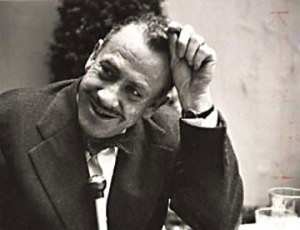 John Adolph and Almira Ann Steinbeck, young John’s Hollister grandparents, grew apricots and operated a dairy, eventually moving into town once their five sons (John Steinbeck’s father Ernst among them) had families of their own. But their roots were in Puritan New England, where Almira’s pious father was known as Deacon Dickson, and Protestant Prussia, where John Adolph and his brother were wood-craftsmen before packing up for Palestine in 1850 with a sister and her husband, a Lutheran missionary. There they met the daughters of Deacon Dickson, a Massachusetts farmer on a mission to the Holy Land, marrying two of the girls in Jerusalem in 1856. Murder, rape, and escape ensued, and the third Dickson sister eventually settled in Hollister, California, too, along with Adolph, Almira, and their five sons. The future novelist was familiar with the family’s story of violence and flight from Palestine to America, and he admired his father’s hardworking people, from whom he inherited hands that liked to garden, fabricate, and repair things. His writing in the 1960s expresses the abiding connection he felt with the prolific San Benito County branch of the Steinbeck family tree.
John Adolph and Almira Ann Steinbeck, young John’s Hollister grandparents, grew apricots and operated a dairy, eventually moving into town once their five sons (John Steinbeck’s father Ernst among them) had families of their own. But their roots were in Puritan New England, where Almira’s pious father was known as Deacon Dickson, and Protestant Prussia, where John Adolph and his brother were wood-craftsmen before packing up for Palestine in 1850 with a sister and her husband, a Lutheran missionary. There they met the daughters of Deacon Dickson, a Massachusetts farmer on a mission to the Holy Land, marrying two of the girls in Jerusalem in 1856. Murder, rape, and escape ensued, and the third Dickson sister eventually settled in Hollister, California, too, along with Adolph, Almira, and their five sons. The future novelist was familiar with the family’s story of violence and flight from Palestine to America, and he admired his father’s hardworking people, from whom he inherited hands that liked to garden, fabricate, and repair things. His writing in the 1960s expresses the abiding connection he felt with the prolific San Benito County branch of the Steinbeck family tree.
 Call the San Benito County Historical Society Museum before your next trip to Central California and see for yourself. The not-for-profit facility is open by appointment only, but the hospitable volunteers who make it run are proud of their heritage and know a lot that isn’t in books about John Steinbeck. Hollister, California is right: “Steinbeck Country starts here!”
Call the San Benito County Historical Society Museum before your next trip to Central California and see for yourself. The not-for-profit facility is open by appointment only, but the hospitable volunteers who make it run are proud of their heritage and know a lot that isn’t in books about John Steinbeck. Hollister, California is right: “Steinbeck Country starts here!”
It’s His Party; You’re Invited: Celebrate at Doc’s Lab in San Francisco, Carol and John Steinbeck’s Kind of Place
“Lovebattles: Carol and John Steinbeck in the 1930s” is an odd theme for a party, but the author’s 2015 birthday celebration in San Francisco perfectly embodies the bohemian lifestyle of John Steinbeck, his wife Carol Henning, and the colorful circle around Doc’s Lab, Ed Ricketts’s legendary gathering place down the coast on Cannery Row. The new Doc’s Lab—a San Francisco club and restaurant with a storied past of its own—will feature spoken word, food and drink, and songs by Woody Guthrie beginning at 7:00 p.m. on February 28. Dramatic entertainment includes the writer Susan Shillinglaw as Carol Henning, the actor Taelen Thomas as John Steinbeck, and the music of Woody Guthrie (The Ballad of Tom Joad) performed by Steve Mortenson.
Susan Shillinglaw will also read excerpts from Carol and John Steinbeck: Portrait of a Marriage, the popular book she wrote that inspired the idea for the unusual evening. Doc’s Lab’s intimate cellar—former home of the famous Beat-era club, Purple Onion—is party-central for the February 28 event, and City Lights Books, the Beats’ literary home just down the street, is the co-sponsor. Doc’s Lab is located at 124 Columbus Avenue on the western edge of San Francisco’s Jackson Square Historic District. But remember: Carol and John Steinbeck were always casual, even when they argued, so come as you are.

